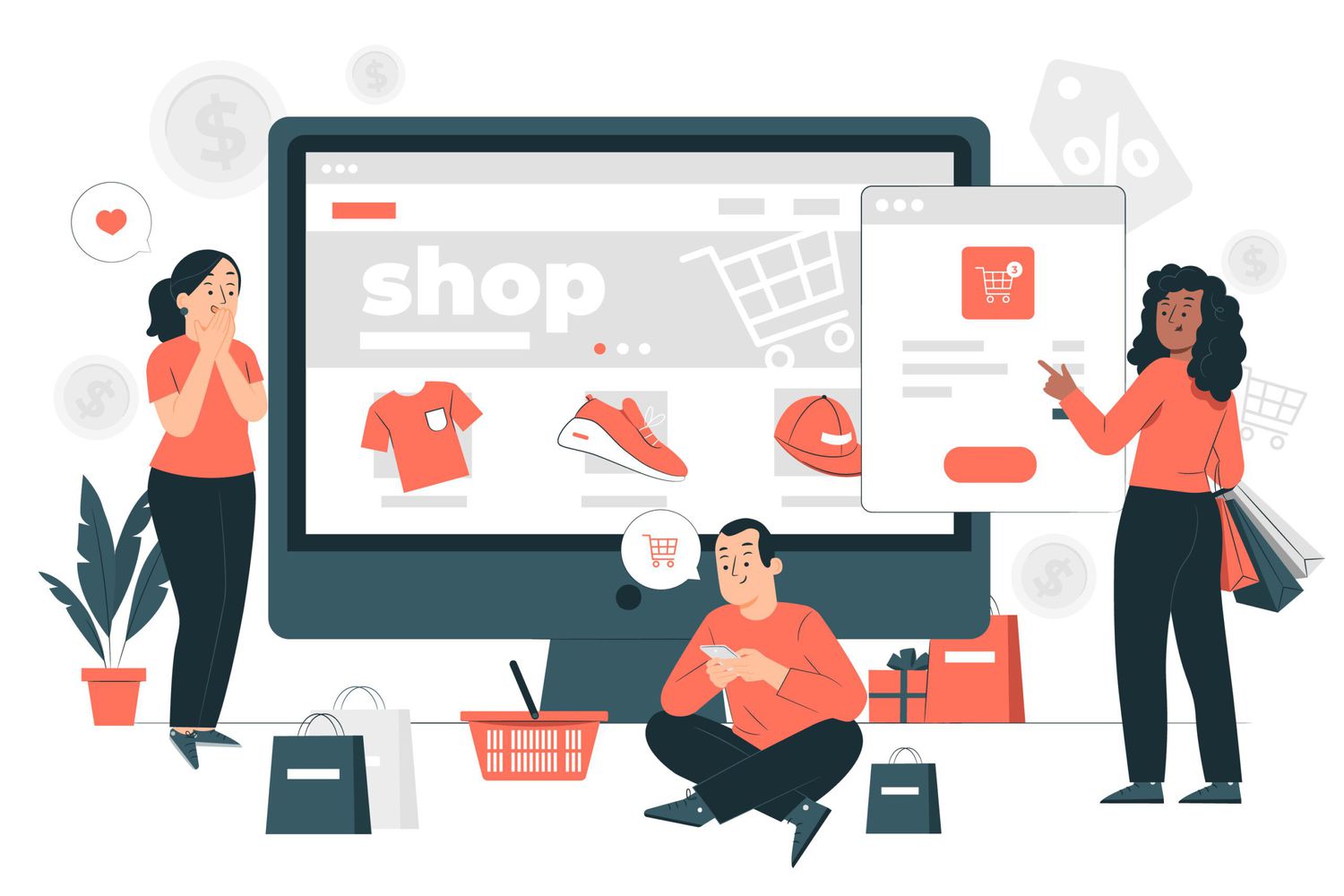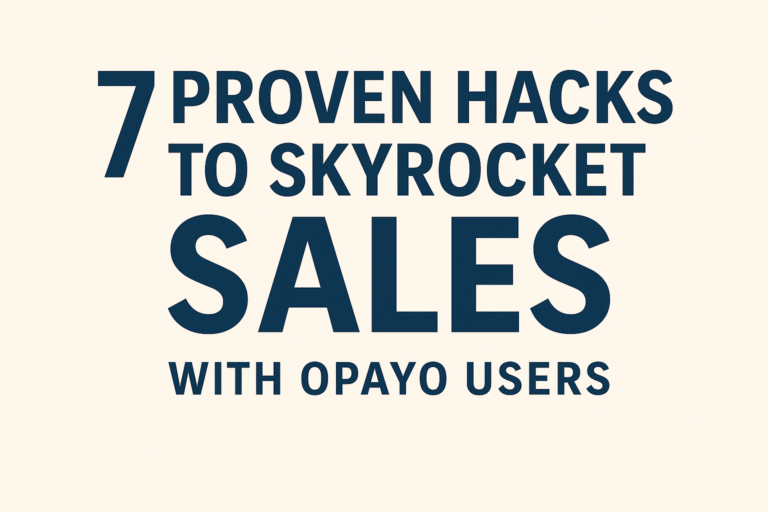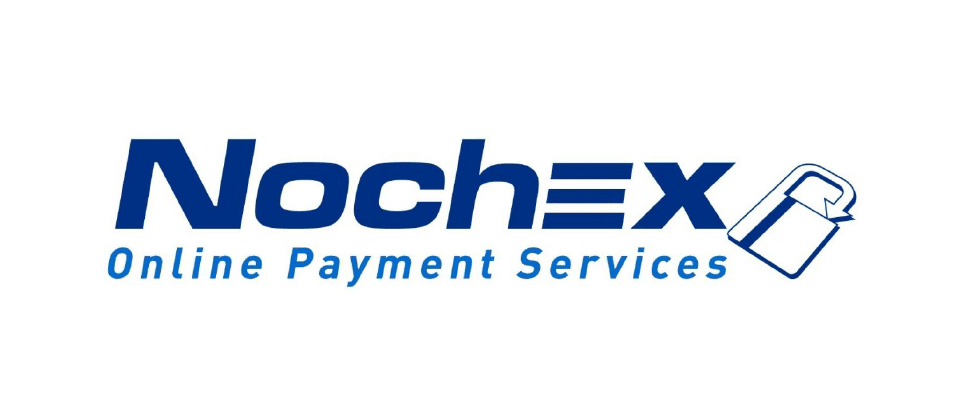Introduction
- Introduction
- Consistency is key
- Experiment with influencers
- Copy that appeals to your audience
- Collect feedback
- Offer free shipping and easy returns
- Consider Facebook ads
- Set up abandoned cart emails
- Follow up with customers
- Try upsells and cross-sells
- Retargeting ads can be helpful
- Flash sales and discount codes are versatile tools
- Conclusion
If you're looking to start an eCommerce business, congratulations! You've got the perfect opportunity to make a living doing something you love. But starting a business can be intimidating and challenging, especially if it's your first time. Here are some tips for new eCommerce entrepreneurs:
Consistency is key
Consistency is the most important thing when it comes to your brand. If you are consistent with all aspects of your business, especially in the early stages, it will make a huge difference in the long run. This means that everything from your website to social media should be consistent across every platform. You want people to recognize and feel comfortable seeing your logo on each piece of content as well as identify with your brand's voice and personality across all channels.
Consistency is also important when it comes to product quality and customer service. For example, if you've been selling organic cotton t-shirts for years but suddenly start making them out of plastic bags or some other material that isn't recyclable, customers will notice right away! Make sure any changes made within the company align with its mission statement so nothing seems out of place or inconsistent with previous expectations set by customers who have been buying from you for years!
Experiment with influencers
Influencers are an incredibly useful tool for new eCommerce entrepreneurs. They can help you reach your audience, build trust in your brand and get feedback on what’s working and not working in your business.
Influencers are much more likely than other customers to trust a new brand, so when they say something about it on Instagram or Twitter, people may be more inclined to listen. Also, consider asking them for feedback on the products themselves; their opinions can inform how the product is produced going forward. Finally, influencers can be used as a method of customer research: find out what questions potential customers have by searching hashtags related to their interests and posting relevant content that answers some of those questions or provides value through tips/tricks about using the product itself.
Copy that appeals to your audience
Copy is the single most important element of your store. If you don't have a good copy, customers will leave and never come back.
To write effective copy that appeals to your audience, ask yourself these questions:
- What is my brand personality?
- Who are my customers?
- What's going on in the world right now that I can tie into? This could be anything from tax season to pumpkin spice lattes to Game of Thrones (don't worry—we won't tell anyone). Whatever it is, use it as inspiration!
Collect feedback
You've spent a lot of time and energy designing and building your website. You've spent even more time promoting it and selling products to customers. But now that you've been in business for a while, what do you do next? No matter how successful your company is now, there's always room for improvement. Feedback from customers and employees is an excellent way to keep on track as you grow.
If feedback from customers is important (and it is!), then why not ask them directly? You can send out surveys or polls via email or social media asking questions like:
- What did I do well? What could I have done better?
- Would you recommend our company to others? Why or why not?
Offer free shipping and easy returns
- Offer free shipping and easy returns.
Offering free shipping is a great way to get people to buy from you, which is why so many e-commerce stores include it in their marketing strategy. But before you offer this perk, make sure that:
- You have an excellent return policy. Many customers feel more comfortable buying when they know they can return the product if something goes wrong (or if they just don't like it). Make sure your customers know about the return policy so that they don't worry about making a mistake with their purchase. (We recommend 30 days for domestic orders and 90 days for international ones.)
Consider Facebook ads
Facebook ads are a great way to reach your audience. They're affordable, they can be targeted to specific demographics and locations, and they give you the option of targeting by interest or behavior.
Facebook ads are great for eCommerce because they allow you to show products directly related to what people have been searching for on Google, which is how most people find things online. This means that if someone searches “best earphones” on Google, you could use Facebook to show them an ad with your brand's name at the top of it (or an image of one of your best-selling pairs) along with a discount code that incentivizes them to make that purchase from you instead of someone else.
Set up abandoned cart emails
- Set up abandoned cart emails. One of the most common mistakes made by new eCommerce entrepreneurs is not collecting and sending out abandoned carts. If you're using Klaviyo, this is a simple process that can be set up in less than 10 minutes.
- Send follow-up emails to your customers after they've left their carts. This is where Klaviyo really shines (and what we built our email marketing platform for). They have an amazing platform for sending automated email campaigns based on triggers like abandoned carts or signup forms—allowing you to send relevant content based on the actions of your customers so that you can drive sales from every customer touchpoint.
Follow up with customers
Following up with customers
Customer follow-up is key to keeping your eCommerce business growing and successful. The most common way to follow up with customers is via email, but you should also consider other forms of communication like social media and text messages.
You can personalize your messages by using customer data so they feel like they’re getting a special message just for them. This makes it more likely that they will respond and take action on what you have to say or offer in your message.
If customers abandon their shopping carts when checking out, use this opportunity as a chance to re-engage them and drive sales from those who didn’t complete their purchases initially. You can do this by following up with an email asking them if there was anything about their experience that made them leave without completing the purchase process or providing feedback about why they decided not to make a purchase (e.g., pricing issues).
Try upsells and cross-sells
Upselling and cross-selling are great ways to boost revenue. You can use it to increase your average order value, or you can use it as a tool for increasing customer loyalty. Upsells and cross-sells are also very effective at growing your overall sales. Upselling means encouraging customers who have already purchased one item to add another item of greater value or quality, while cross-selling refers to encouraging customers who have already purchased one item from one category to purchase an additional related product from another category.
Retargeting ads can be helpful
Retargeting ads can be helpful for bringing back customers who have already interacted with your brand. This ad tactic uses cookies and other web tracking systems to follow users around the internet, so they see a familiar ad when they visit new sites.
Retargeting is a good way to build brand awareness, but it's best if it's paired with another marketing strategy like search engine optimization (SEO) or social media ads.
Flash sales and discount codes are versatile tools
Discount codes are versatile tools. Use them to promote flash sales or offer a discount on a new product or service. You can also use discount codes to promote a new product category, brand, or product line.
Discount codes are useful for increasing brand awareness and customer loyalty because they help build trust with your customers by giving them something valuable in exchange for their email address or customizing their shopping experience so that they feel appreciated as individuals.
Conclusion
And that's it! With the tips above, you should be well on your way to launching a successful eCommerce business. If you're looking for more advice from seasoned entrepreneurs, check out our other blog posts on starting an online store.














